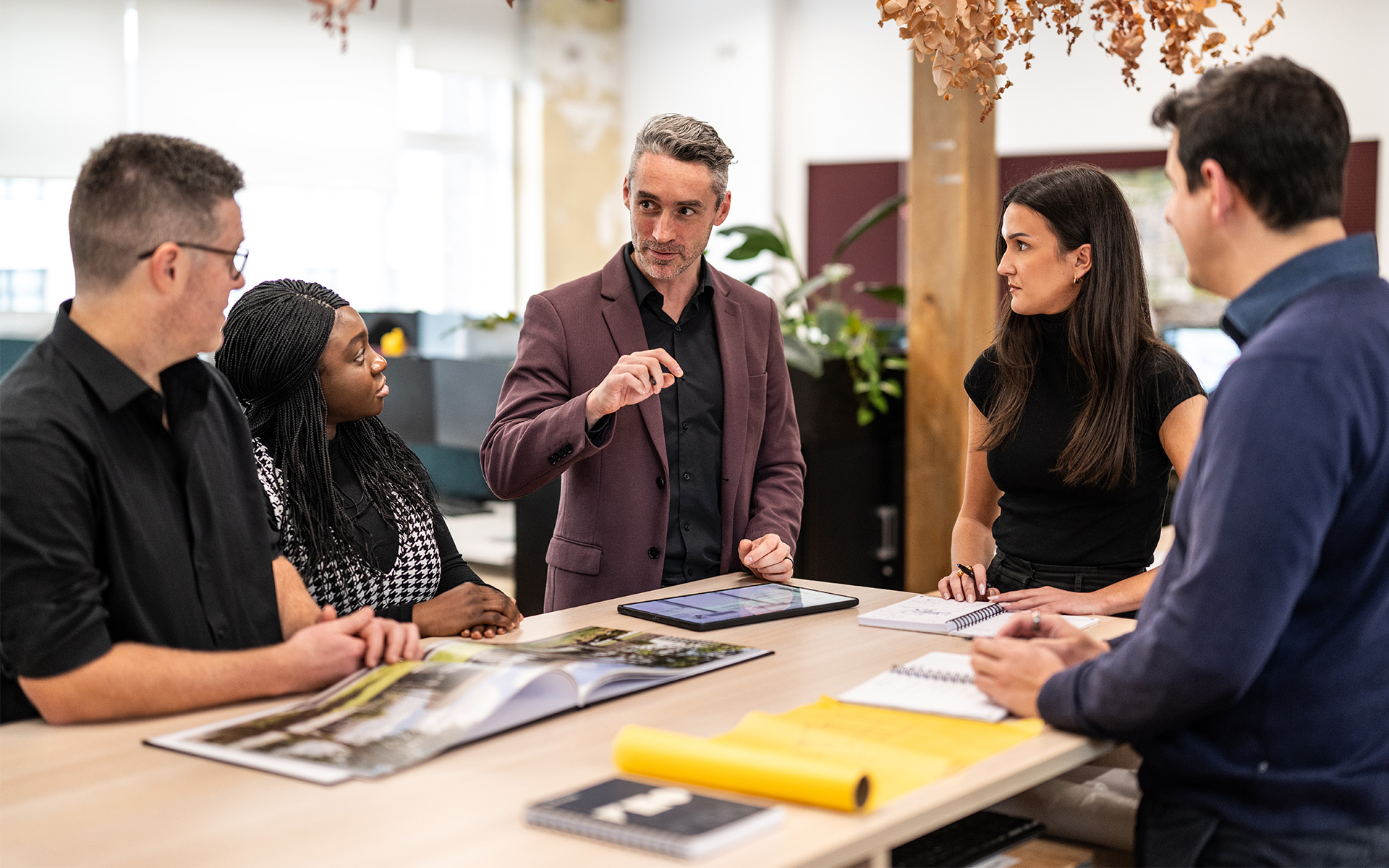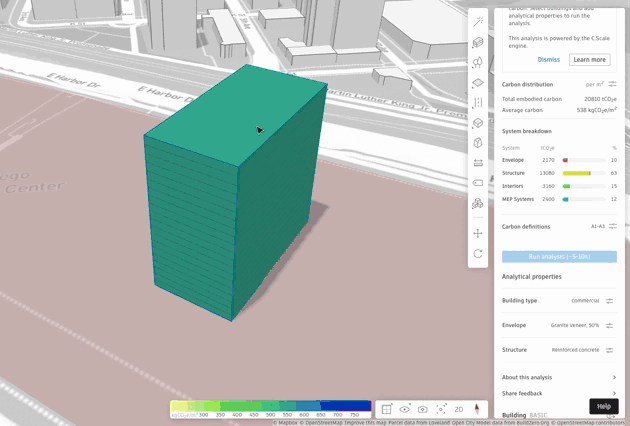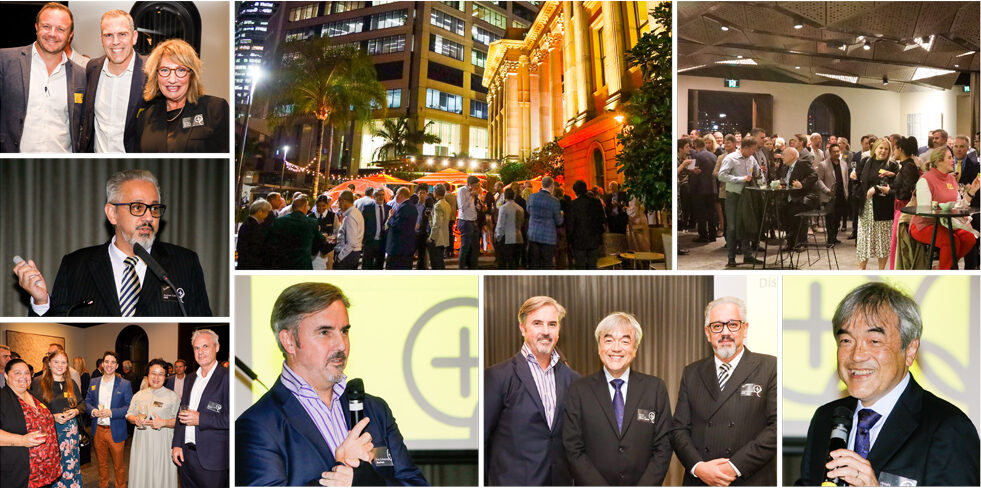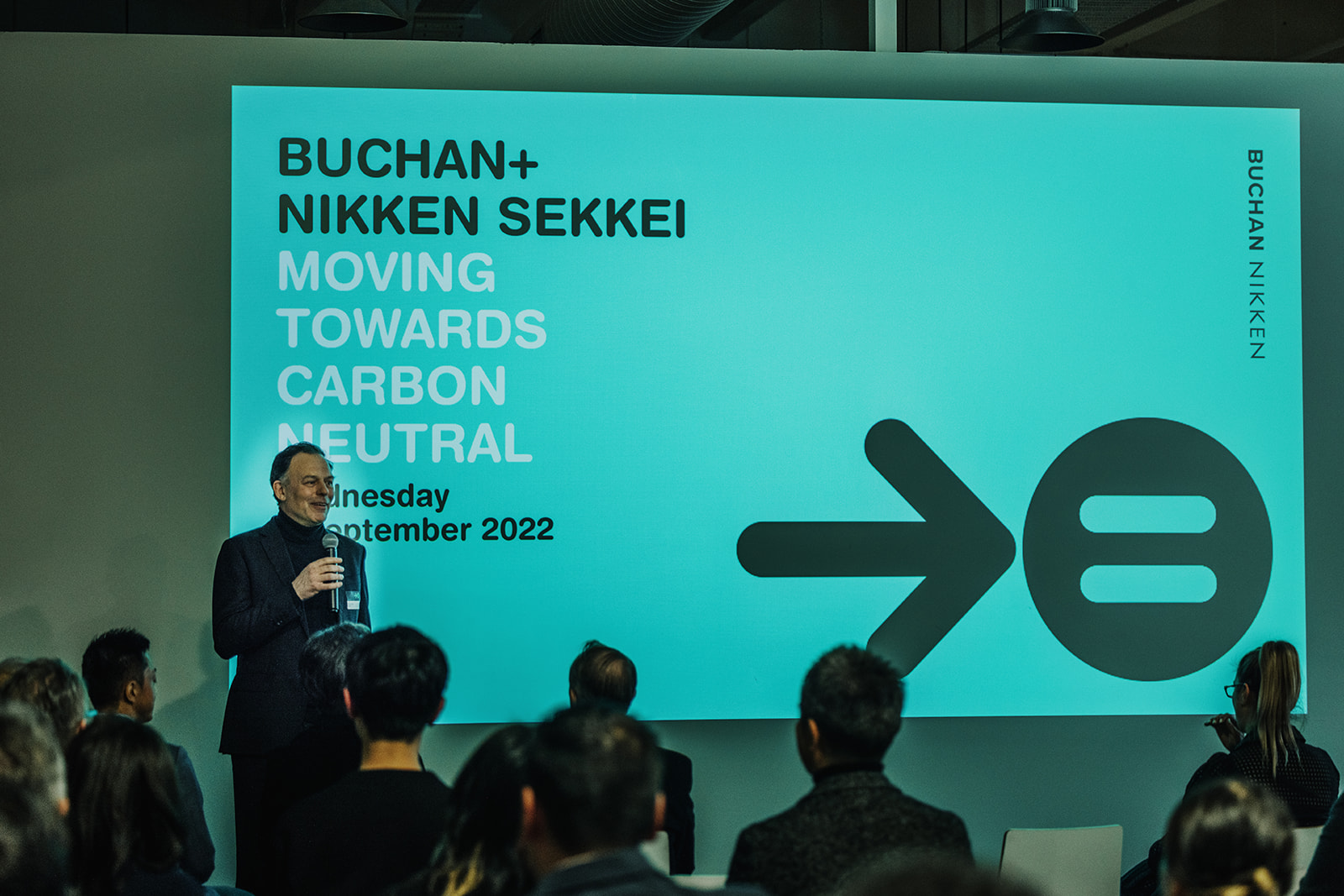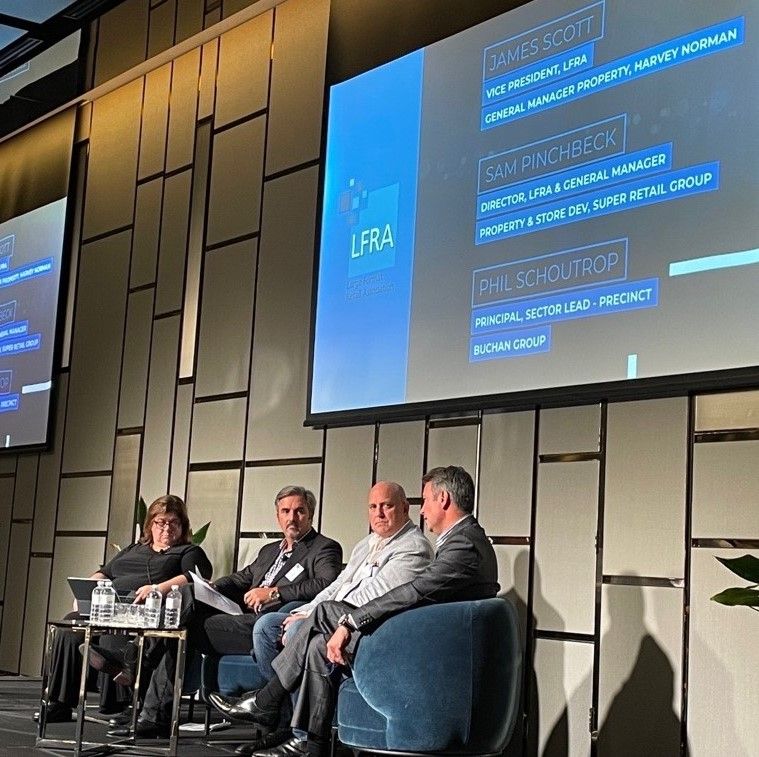Buchan Digital Technology Lead, Jeames Hanley, recently contributed to a discussion on the importance of embedding technology in the design process to inform sustainable design decisions [1].
As global building stock is set to double by 2060[2], development and environmental responsibility must go hand in hand. Reducing embodied carbon is one of the most effective ways to limit the environmental impact of new construction.
Early-stage decisions about a building’s form, structure, and materials have a significant impact on embodied carbon. Unlike operational carbon, which can be managed throughout a building’s life cycle, embodied carbon is locked in once a building is constructed.
To address this, we integrate data-driven design technologies into our process. These tools allow us to visualise, measure, and assess embodied carbon in real-time, providing clients with clear metrics such as tonnes of CO2 equivalent (tCO2e). This also establishes a baseline from which we can explore alternative design strategies to reduce embodied carbon – without compromising aesthetics or functionality.
For example, we evaluate structural alternatives, and material choices such as timber over steel or concrete, or reusing materials. We also consider end of life demolition and reuse capacity of the build form. Testing these options early enables us to show how design modifications significantly reduce carbon output while maintaining the design intent, or even improving it.
Our approach to sustainable design is both practical and flexible. We work with clients to generate multiple alternatives, each tailored to meet specific project goals. Whether it’s optimising material selection or rethinking the structural approach, real-time data applied to design geometry helps refine these alternatives at the outset, when they have the greatest impact.
Every project is an opportunity to merge design excellence with environmental responsibility. Our tools not only provide a systematic breakdown of how each design choice affects the overall carbon footprint, but these insights also enable informed discussions with project teams to ensure design outcomes align with both project and sustainability targets.
[1] Using the embodied carbon analysis in a real project – Autodesk Community
[2] Global Alliance for Buildings and Construction, Buildings Breakthrough: Near zero-emission and resilient buildings are the new normal by 2030 September 2023
Photography I Jes Lindsay
Image I Autodesk Forma embodied carbon tool
